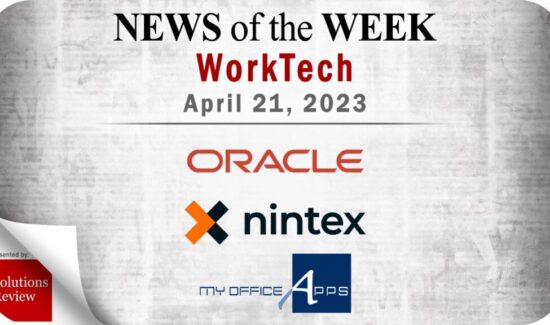Details from Gartner’s 2017 Magic Quadrant for Talent Management Suites


Source: Gartner Inc.
Analyst house Gartner Inc. has released the latest version of their Magic Quadrant for Talent Management Suites. This is an excellent resource which can assist buyers looking for talent management solutions in finding the right tools and solutions that will work best for their organizations.
With plans to release their 2018 Magic Quadrant for Talent Management Suites in September, according to the release schedule, lets take a look back at last years Magic Quadrant report and examine the most significant takeaways in order to prepare for this year’s Magic Quadrant.
Gartner examines strengths and weaknesses of nine vendors that it considers most significant in the talent management market, while providing readers with a visual graph showing the vendors based on their ability to execute and their completeness of vision.
The graph is divided into four quadrants: Leaders, Niche Players, Challengers and Visionaries. The report also mentions vendors that have been added and dropped along with honorable mentions.
What is Talent Management?
According to Gartner, talent managemnet suites are an integrated set of modules that support an organization’s need to plan, attract, develop, reward, engage and retain talent. Such modules offer functionality that includes:
- Workforce planning– tools to support the systematic identification and analysis of what an organization will need in terms of the size, type and quality of the workforce to achieve its objectives.
- Recruiting and onboarding– includes talent sourcing, candidate relationship management, applicant tracking and other software components necessary to attract and match candidates against open jobs or positions within the enterprise.
- Performance and goal management– includes tools to align the workforce with corporate and team objectives, establish individual and team goals, evaluate individual performance and provide periodic feedback.
- Learning and development– includes tools to develop, offer and track learning, create content, manage skills and competency development and engage in social learning scenarios.
- Career development– functionality to help identify and develop a sustainable leadership pipeline; this includes support for succession and talent pools and tools for employee career development
- Compensation management– tools to plan and manage employee compensation, including budgets, salary planning and administration, incentive plans, and total rewards programs and communication.
Nine Vendors and Honorable Mentions
The nine vendors reviewed in Gartner’s 2017 Magic Quadrant include Cornerstone OnDemand, Halogen Software, Haufe, Oracle, Saba, SAP, Skillsoft (SumTotal Systems), Talentsoft and Technomedia. According to the report, no vendors were added this year.
Deltek, was dropped for not meeting the baseline and/or year-over-year growth requirements for talent management suite client adoption. Lumesse did not meet the baseline of 150 customers with more than 1,000 employees using three or more modules and was dropped as well.
Both Deltek and Lumesse made it in the Honorable Mentions, amongst others like Workday and IBM.
Gartner adds, “While many vendors offer solutions that don’t meet all of the inclusion criteria for the Magic Quadrant, they may nonetheless be very suitable for your enterprise.”
Talent Management Suites Market Overview
As the market for integrated talent management suites continue to grow, software providers in the space have expanded beyond their scope offerings in order to provide a broader suite of products. Investments in talent management software has skyrocketed by the need for integrated workflows and the growing availability of improved user experiences.
With Cornerstone OnDemand, SAP (SuccessFactors), and Oracle still leading the way as Leaders in the space, we’re eager to see who will make it as a Leader in Gartner’s 2018 Magic Quadrant report. However, Gartner states, “Regardless of position on the Magic Quadrant, it is important to understand that no one vendor dominates all modules of the TM suite.”
According to analysts, “By 2020, 30% of global midmarket and large enterprises will have invested in a cloud-deployed human capital management suite for administrative HR and talent management, but will still need to source 20% to 30% of their HCM requirements via point solutions.”
Read Gartner’s 2017 Magic Quadrant for Talent Management Suites.
Looking for more? Download our talent management buyers guide to compare the top-24 products on the market with full page vendor profiles, key capabilities, our bottom line analysis and questions to consider asking yourself and the solution provider before purchasing a talent management suite.
And don’t forget to follow us on Twitter, LinkedIn and Facebook for all the latest in Work Tech space!




















